Sinners: A Modern Classic of Blood, Blues, and Brotherhood
A Very Late Exploration of the Genre-Bending Brilliance of Sinners
Yes, I know. This review is coming extremely late. By now, everybody and their mama has seen Sinners. The conversations have been had. Think pieces have been published. And for the most part, people have moved on. Honestly, I wasn’t even sure I wanted to write about it. But after finally watching it, I realised that this movie demands to be talked about.
So here I am, joining the choir.
The Setup
For the handful of people who haven’t yet heard about Sinners (have you been living in the Mariana Trench?), here’s the gist: the film is a wholly original work written, produced, and directed by Ryan Coogler (Creed, Black Panther, Fruitvale Station). Set in 1932 rural Mississippi, it stars Michael B. Jordan in dual roles as Stack and Smoke—twin brothers who return to their hometown to open a Juke joint. But on the night of their grand opening, they discover a great evil crashing their party.
A Technical Marvel Disguised as a Period Drama
Let me start by explaining why it took me so long to watch this film.
Sinners was shot in an incredibly ambitious and experimental way. Most scenes were filmed on 65mm using two different cameras simultaneously: an Ultra Panavision 70 (for a super-wide 2.76:1 aspect ratio) and an IMAX 15-perf camera (for a towering 1.43:1 aspect ratio). This allowed Coogler and his team to do two things:
Celebrate the cinematic experience: The ultra-wide format is a direct love letter to theatrical storytelling, a nod to epic Westerns and classic cinema, reimagined through a Black Southern Gothic lens.
Use aspect ratio as storytelling: On IMAX screens, the film’s aspect ratio shifts during key moments, not for action scenes or flashy spectacle, but to deepen character beats and amplify emotional tension. When the frame expands, so does the soul of the story (sometimes, literally).
In terms of aspect ratio, this is what most modern movies look like.
For Sinners, its aspect ratio looks like:
OR when it is in its IMAX aspect ratio:
Unfortunately, I couldn't see it in a proper IMAX cinema, so I had to wait until I could find a digital IMAX version of the movie. And I’m so glad I waited.
Now, the use of IMAX isn’t new. There are entire movies shot in IMAX. What sets Sinners apart is that it uses IMAX not as a gimmick but for narrative punctation. For every scene shown in that IMAX aspect ratio, there’s character being developed, themes explored, and a story told.
From Set to Score: A Fully Realised Vision
The technical ambition of Sinners extends well beyond its cameras. Production designer Hannah Beachler (Black Panther) recreates 1930s Mississippi with practical sets and obsessive detail. Every clapboard, costume, and lantern-lit shadow feels lived in. Editor Michael P. Shawver (A Quiet Place: Part II) cuts the film to match the rhythm of the blues—the pace ebbs and flows like a backroom jam session. And then there’s the music.
Drawing inspiration from blues music, 1930s and 40s recordings, and present-day juke joints, Ludwig Göransson (Oppenheimer), alongside his classically trained wife, Serena, worked with actual blues musicians to craft an authentic sound that’s more than just background noise. The music is a character. It shapes the air, haunts the corners of the frame, and at times, even drives the plot forward.
This all culminates in that one scene, blending past and present, music and story, to create an experience that will stick with me for a long time.
A Symphony of Characters
As much as I admire the technical craft behind Sinners, it’s the story that kept me glued to the screen, specifically, the screenplay.
Going in, I already knew that the film had been widely praised. What I didn’t expect was how tight and character-driven the script would be.
From the first scene, I was hooked. Thirty minutes in, I was emotionally invested. While Stack and Smoke may be the “main” characters, Sinners is a true ensemble piece, and it was such a treat to watch the script organically reveal each character, their motivation, and most importantly, their relationship with each other. Every single one of the main cast is a fully realised character with their own arc and implied history.
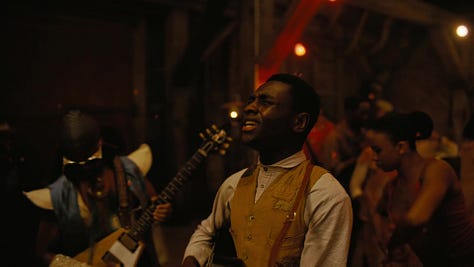

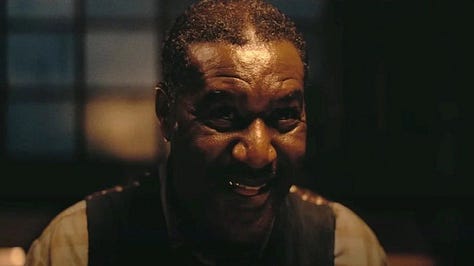
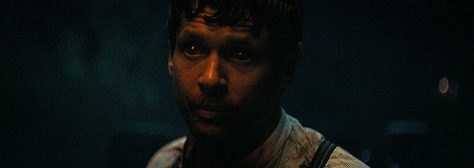
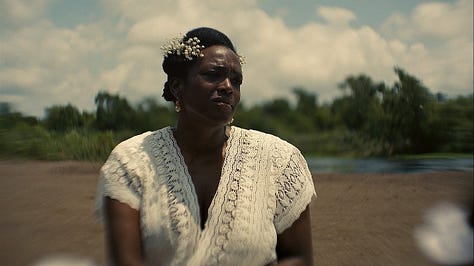

Take Delta Slim (Delroy Lindo), an ageing, alcoholic musician. He’s not just comic relief or tragic filler; he’s a grim reflection of what Preacher Boy Sammie (Miles Canton) might become. Then there’s Grace (Hailee Steinfeld), a biracial woman who struggles to hold on to love and acceptance in a deeply segregated world. Her arc intertwines with Remmick (Jack O’Donnell), an accepting white man with a dark secret who can provide what she wants, but at a steep cost.
Each character reveals something new, not just about themselves, but about the others. That’s smart writing, further elevated by 10/10 performances by every single actor.
Michael B. Jordan’s Career-Best Performance
I’ve enjoyed Michael B. Jordan in a lot of movies, from Creed to Black Panther, but his dual performance as Smoke and Stack is the first time I’ve thought “this man is a full-blown movie star”.
To be fair, convincingly playing dual roles isn’t new, but Jordan masterfully does it with nuance and heart. Stack is charming, extroverted, and warm. Smoke is stoic, precise, and intense. At first glance, you’d think the brothers’ different personality types would help simplify Jordan’s performance (on some level, it does). What truly impressed me was how he portrayed their shared history. Their relationship felt lived-in, filled with love, guilt, and unspoken trauma.
Helping sell this illusion is the groundbreaking “Halo rig,” a new camera technique that allowed the twins to interact physically on screen in ways that feel seamless and intimate.
The Soul of the Story
Every great genre film hides something deeper beneath the surface, and Sinners is no different.
The theme that struck me most was freedom. Nearly every character is bound by their past, their families, their identities, or the systems around them. Delta Slim is haunted by his failures. Sammie is suffocated by his preacher father. Remmick is cursed with immortality. The twins carry the weight of both their sins and their lineage.
And yet, the juke joint, their joint, is a sanctuary. A place to dance, to breathe, to sing. Like the spirituals of the enslaved brought from Africa, the music becomes a form of liberation. It may be fleeting, but it had its power.
The vampires are also more than monsters. They represent the illusion of ultimate freedom: “eternal” life. But at what cost? Coogler cleverly reframes them not as predators, but as colonisers of the soul, offering power, while trapping you in a new kind of bondage.
And that’s just one theme. There are so many others across different layers:
The appropriation of Black music by white audiences and musicians
The erasure of African identity through Western religion
The quiet alliance between Black and Asian communities in early 20th-century America
The cyclical nature of generational trauma
Each one is woven into the fabric of the story, never forced, never preachy, just there, like hidden chords in a blues riff.
A Story Worth the Wait
It took me a while to get around to Sinners, but now I understand why so many people couldn’t stop talking about it when it dropped. This is the kind of film that lingers.
Through its technical brilliance, layered storytelling, and emotionally charged performances, Sinners is more than just a Southern Gothic vampire tale. It’s a celebration of Black artistry, a meditation on trauma and redemption, and a masterclass in technical filmmaking.
Yes, it came out months ago. Yes, the hype train has moved on. But some stories are timeless. And Sinners deserves every bit of the praise it’s received, and then some.
If you haven’t seen it yet, find the best screen you can, turn off the lights, and let it wash over you.
You’ll thank me later (probably).
Extra Thoughts:
I loved the use of long shots throughout the movie.
I know the vampires are a necessary part of the film, but I would have loved it more without them.
As a Christian, I was not the biggest fan of how they portrayed religion. I understand why it is presented the way it is, I even agree with parts of it, but it still rubbed me the wrong way.
This movie exposed a bias I have: Even though African magic was used for good throughout the movie, I had a slight negative reaction to it. If it were European-style magic, I definitely wouldn’t have felt that way. Is this some byproduct of colonialism, or is it because it’s more closely tied to my culture? I don’t know yet.
This film was Miles Canton’s first ever role in a movie and I wish he has a long and very successful career cuz that boy is good!!!


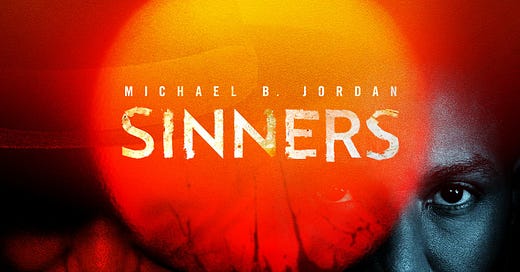




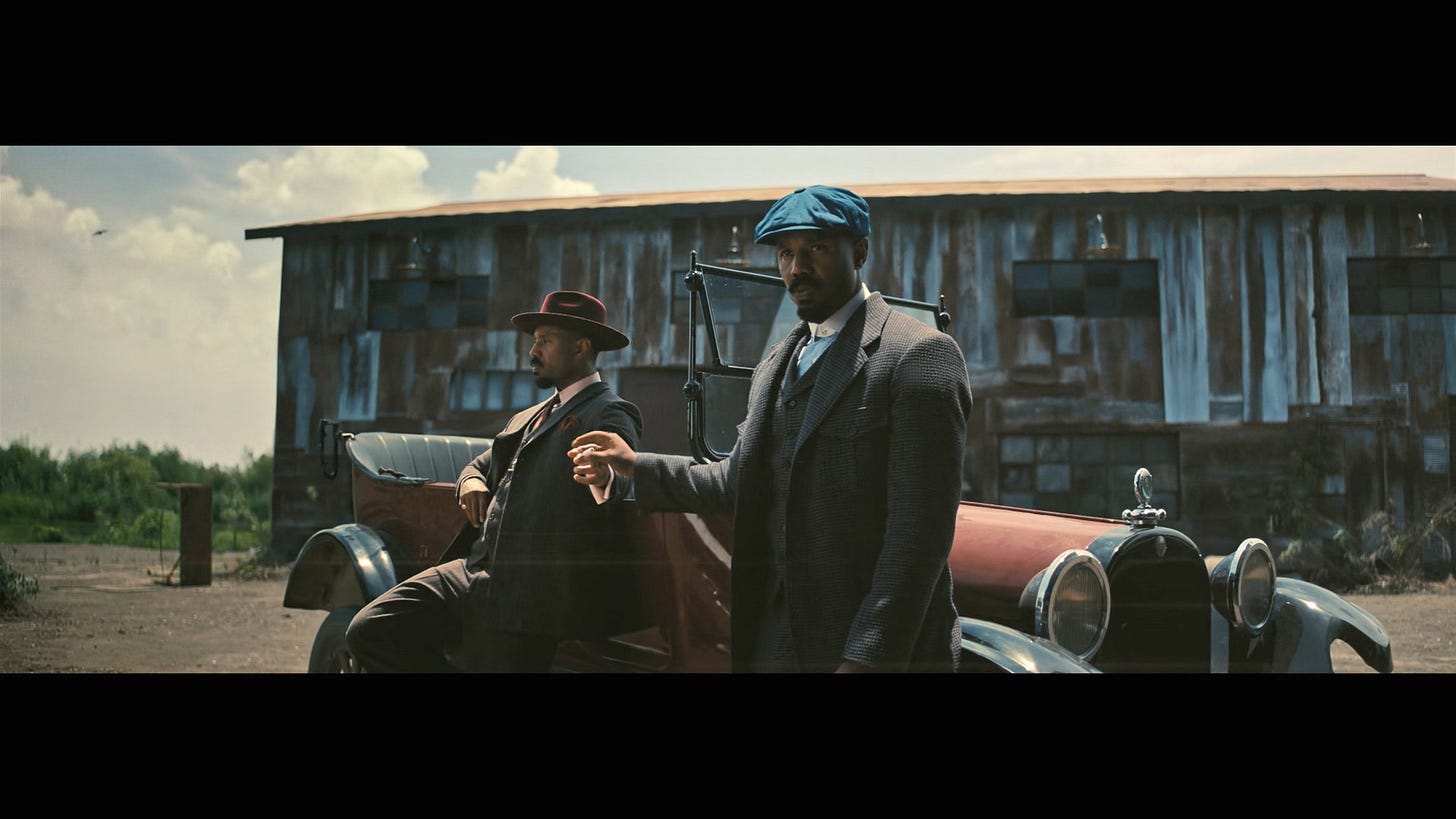
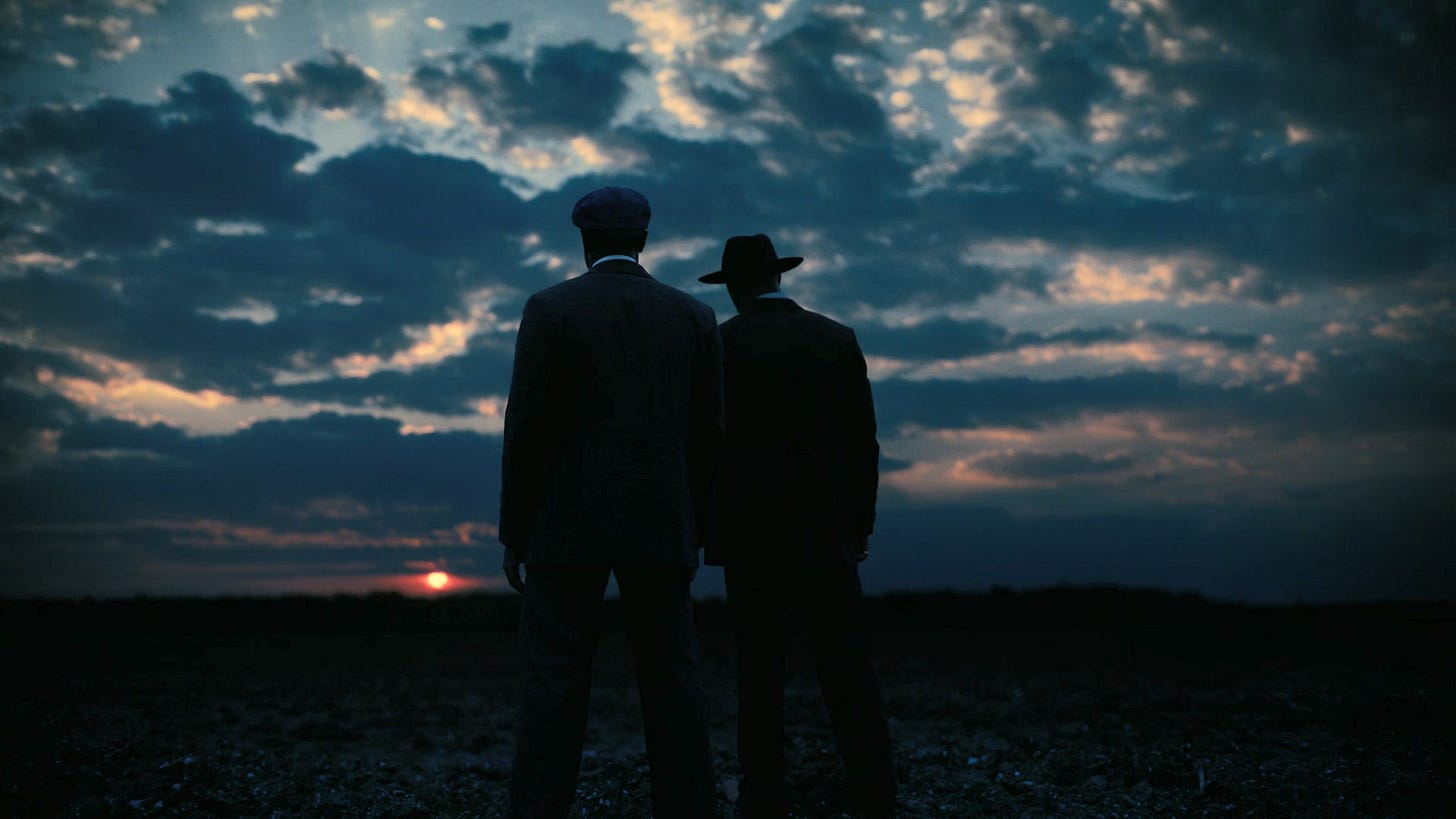
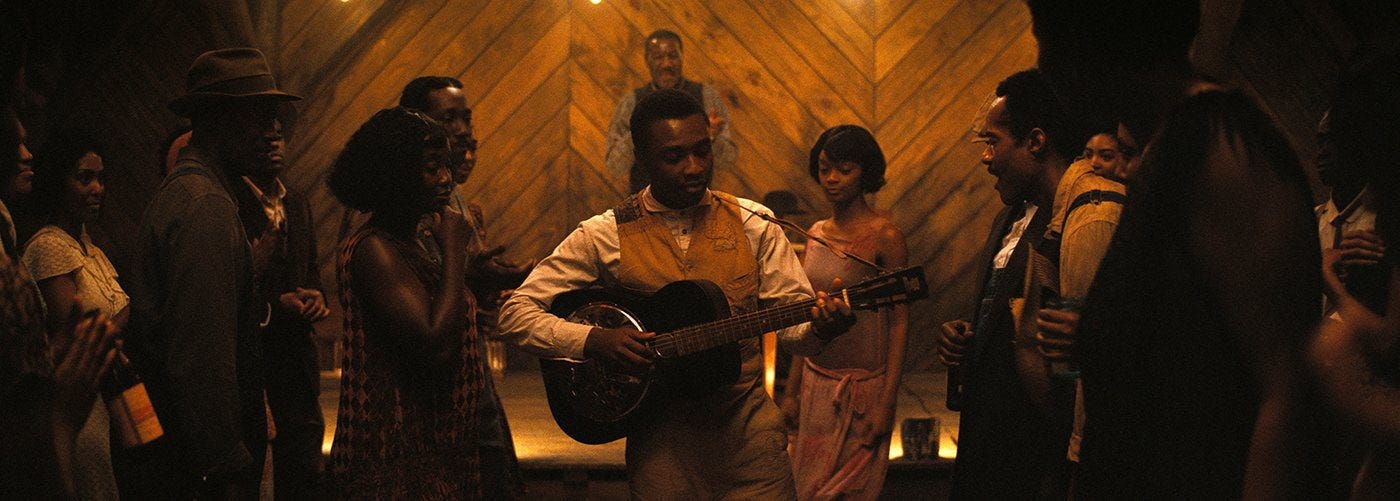
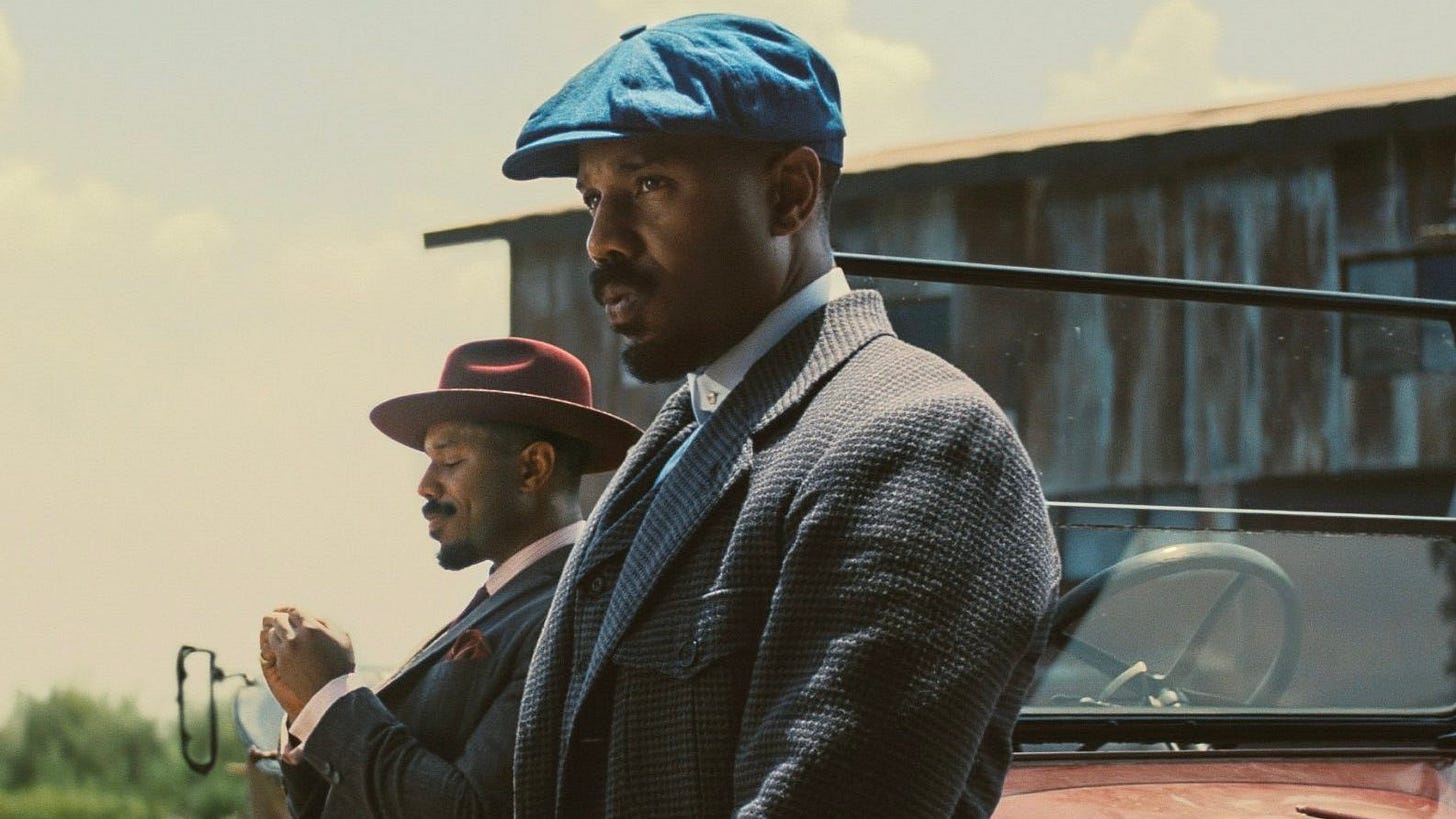
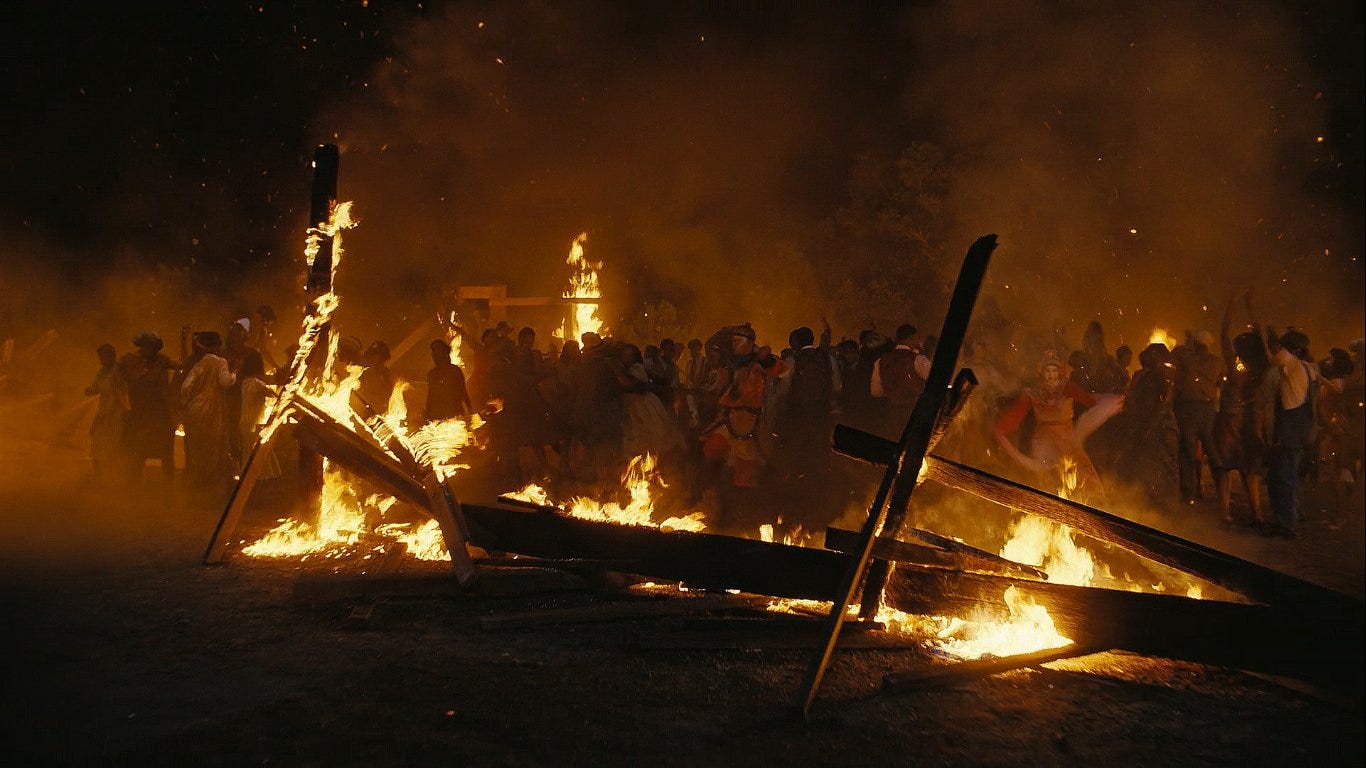
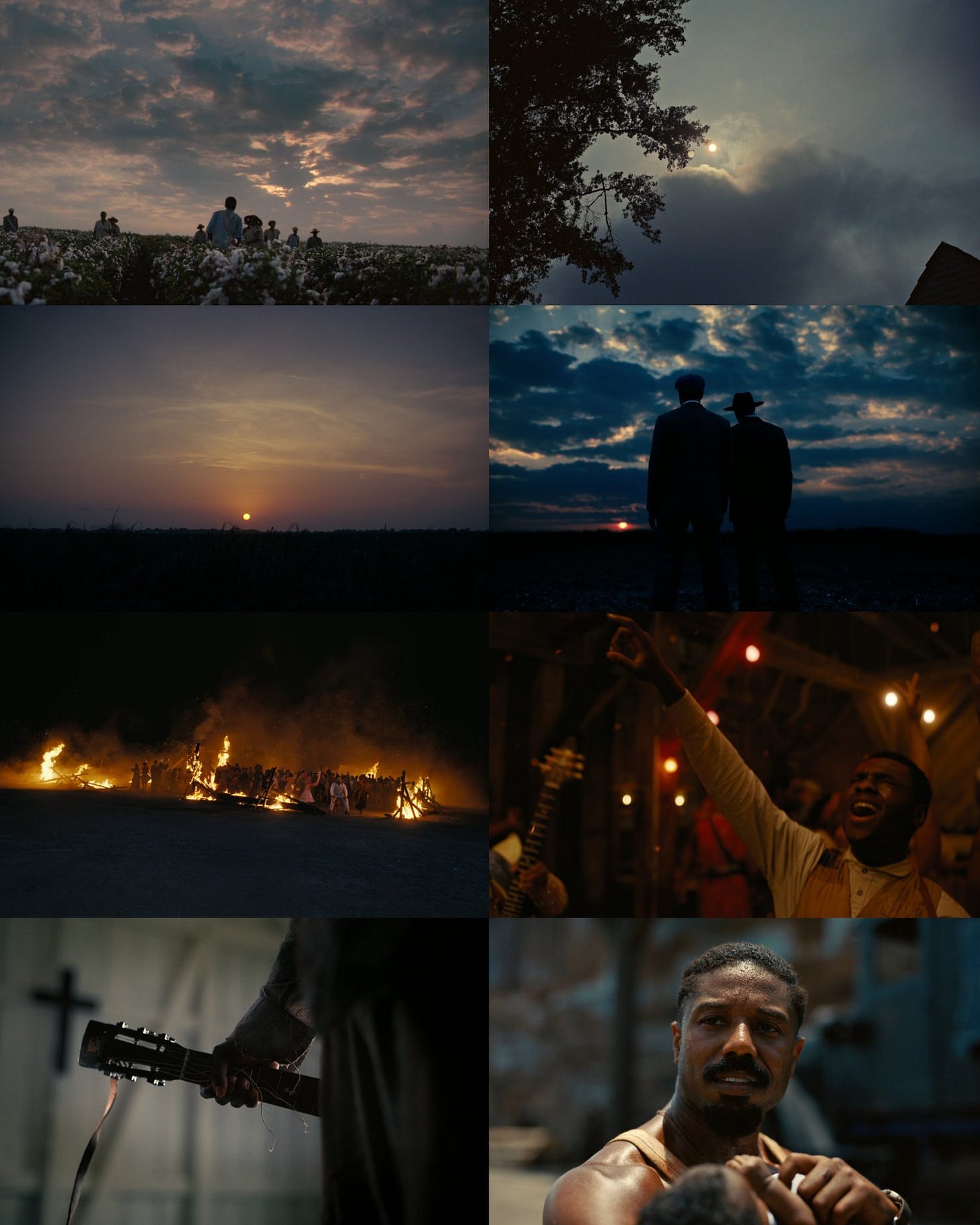
Nice one
Everyone may have seen sinners, but I haven't (I guess I've been living in the Mariana trench 🙃). This is a 5 star review by the way, a skillfully crafted piece 👏